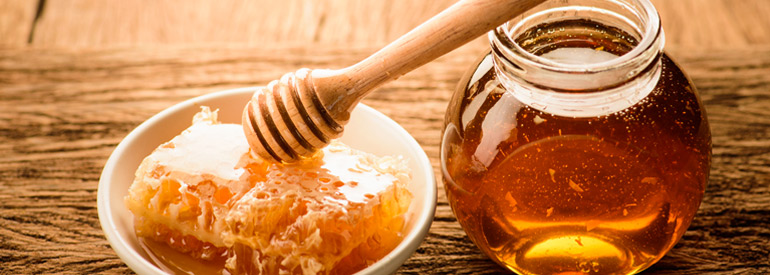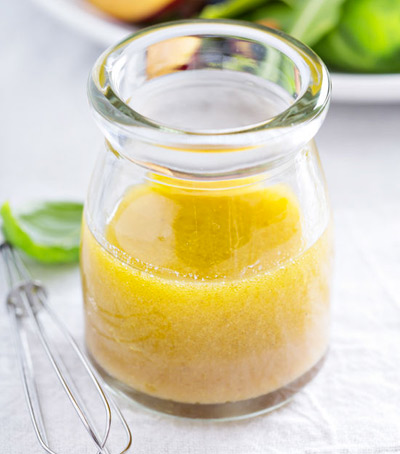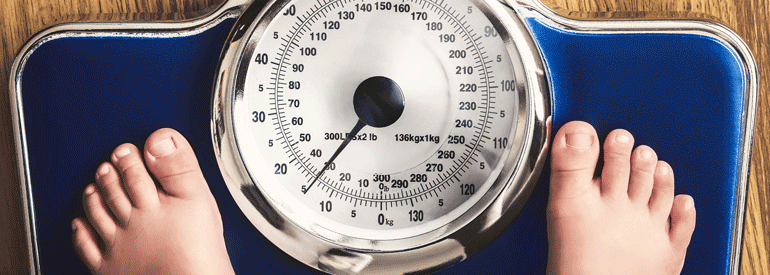
Honey, pay attention to the nutritional content


Have you ever considered how peculiar honey is?
Biologically honey is a reserve food that bees and a few other similar insects process because they need to accumulate food supplies, feeding on pollen and nectar temporarily available. In essence, they work to transform fresh food into long-life food.
For this and many other reasons, honey is a peculiar food, whose characteristics are an expression of the type of pollen and nectar collected by bees during their work. Man does not interpose except in the collection of this liquid gold which, even when it is marketed, is not modified through treatments that add or remove components.
Nutritional composition of honey:
Honey is on average composed of:
- approximately 80% of sugars, mainly fructose and glucose
- 17% water
- 3% of nitrogenous substances, mineral salts, organic acids, polyphenols and aromatic substances.
We are talking about medium composition, since honey is not just one and based on the vegetation and the environment in which it is produced, its characteristics and composition change, giving it completely different and characteristic color, flavor and aromas.
The differences are due to the different nature of the nectar or honeydew of origin and consist of a relative quantitative ratio of its main and minor components, giving rise to products that can be adapted to all tastes and cooking needs.
We consequently see from the nutritional point of view that honey consists mainly of simple sugars, mainly fructose and glucose; it is a highly energetic food that must be used in moderate quantities. In healthy subjects, the intake of simple sugars should not exceed 10-15% of the total daily caloric intake. The presence of considerable quantities of fructose gives it a sweetening capacity higher than that of sugar and therefore allows us to use a smaller quantity for an equal sweetening effect.
Honey is a food that can be kept for a long time in our pantries, but it can be subject to fermentation if the percentage of water that composes it exceeds 18%. Fermentation alters some of its characteristics and it is preferable to avoid its use when this happens.
Nutrilipidomic recipe
Today’s recipe concerns a sauce, based on honey, to accompany main courses. This particular condiment goes well with fish with bones and cheese, but is also suitable for roasts and grills.
Lemon scented honey sauce
Ingredients (for 6 people):
- 30 g of EVO oil
- 30 g of citrus honey
- 5 g of apple cider vinegar
- 10 ml of lemon juice
- 10 g of pine nuts
METHOD:
Wash the lemon well and grate the zest, after which cut it in half and squeeze the juice, filter it and set it aside. In a saucepan pour the extra virgin olive oil and heat it for 1 minute then add the honey with a spoon a little by little, stirring so that it blends with the oil. Then add lemon juice and zest, the vinegar and cook at low heat until the sauce has thickened. At this point, pulverize the pine nuts and create a flour. Add the flour obtained to the sauce, mixing well.
Turn off the heat and pour the sauce into a serving bowl. This type of seasoning is well suited to meat or fish dishes. It can be used both by adding it halfway through cooking, so that it mixes with the liquids released from the food, and subsequently to season it once served.
Another use of the sauce is to put a teaspoon on the cheese to “dilute” the supply of saturated fatty acids.
Image for illustrative purposes
Nutritional values per recipe and per serving
| Kcal | Pro- teins (g) |
Carbs (g) | Sugar (g) | Fats (g) | Saturated (g) | Mono- insaturated (g) |
Polin-saturated (g) | Fibers (g) | |
| Evo oil | 265,2 | 30 | 4,14 | 21,88 | 3,12 | ||||
| Citrus honey | 91,2 | 0,09 | 24,72 | 24,70 | 0,06 | ||||
| Apple cider vinegar | 1,05 | 0,05 | 0,02 | ||||||
| Lemon juice | 2,2 | 0,035 | 0,54 | 0,252 | 0,024 | 0,004 | 0,03 | ||
| Pine nuts | 67,3 | 1,37 | 1,30 | 0,36 | 6,83 | 0,49 | 1,87 | 3,40 | 0,37 |
| Total per recipe | 426,95 | 1,49 | 26,61 | 25,33 | 36,85 | 4,63 | 23,75 | 6,52 | 0,46 |
| Total per person | 71,15 | 0,25 | 4,43 | 4,22 | 6,14 | 0,77 | 3,95 | 1,08 | 0,07 |
Article by
Dr.ssa Nicoletta Bocchino – Nutrition Biologist
The food recommendations in the article are not intended to replace a personalized food plan and are to be adapted to specific cases.
Photo: 123RF Archivio Fotografico: 50211698 ©Anawat Sudchanham /123rf.com | 45656609 ©Elena Veselova /123rf.com
- On 17 November 2020




